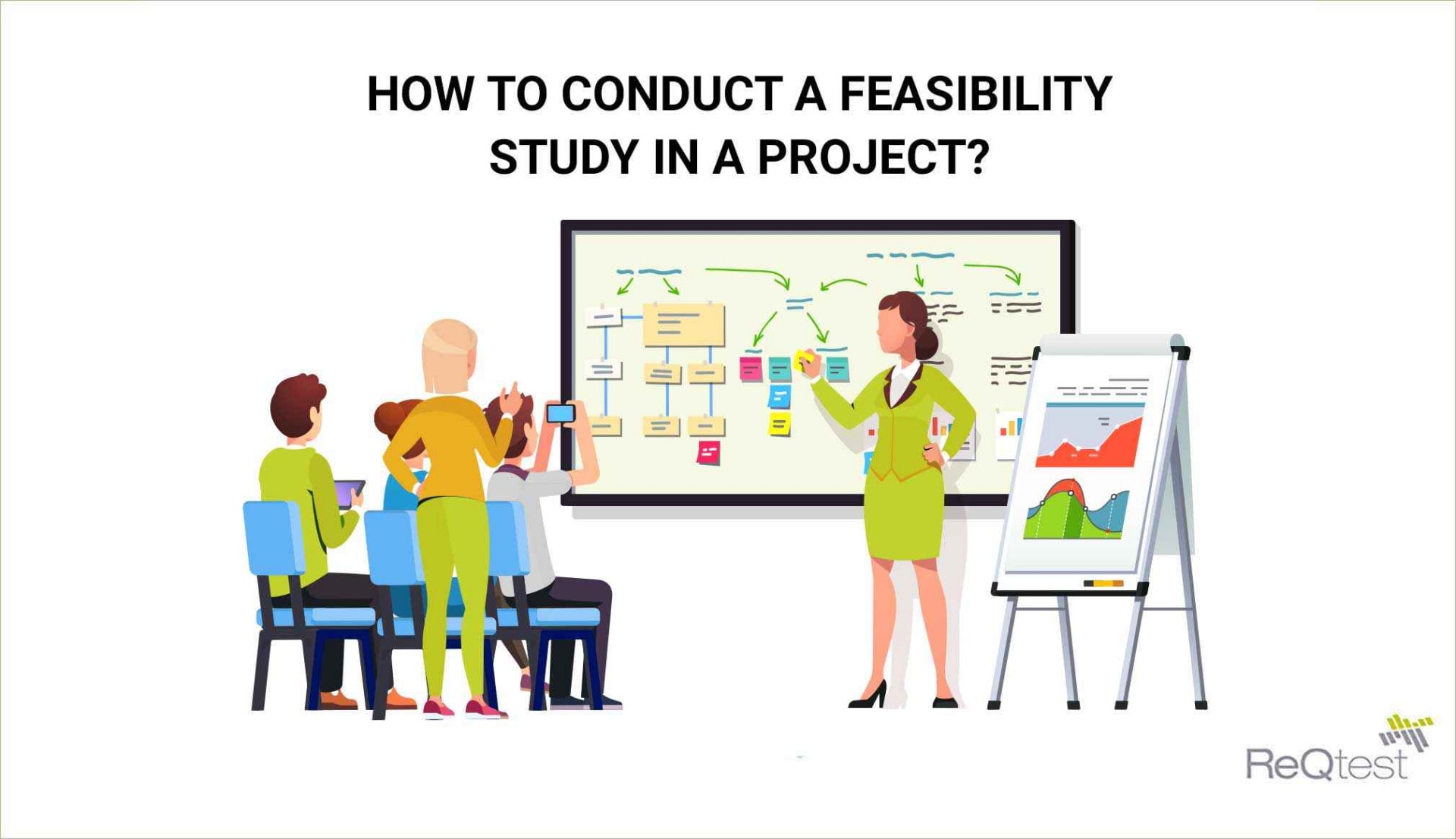April 30, 2020
How To Conduct A Feasibility Study In A Project?
A feasibility study is the best way to assess the viability of a project before you invest invaluable time and resources.
In this article, we will provide you insight into what feasibility study is, what it involves, and how to conduct a feasibility study in a project.
What Is A Feasibility Study?
A feasibility study is an assessment that determines the practicality of a proposed idea or plan. As the name suggests, the study helps to establish whether the project is feasible or not.
You should conduct this study after you have completed the business case of your project. The aim is to objectively evaluate all the strengths, weaknesses, opportunities, and threats of a proposed project or venture. It also involves listing all resources needed for the project, along with the project description, some background information, market research, financial data, and more.
The feasibility study helps you to weigh up whether the outcome of the project is going to be worth the resources you put into it.
Steps In Conducting A Feasibility Study
Conducting this type of study assesses the potential for the success of a project. Because of this, it is crucial to take an objective stance so that stakeholders are more likely to trust the project’s viability and invest in it.
- Preliminary Analysis
The first step is to conduct preliminary analysis. There are two parts to this first step, which involves outlining your project plan and finding out whether there are any obstacles that would be too difficult to overcome.
When it comes to outlining the plan for your project, you need to emphasize the need it will serve, the target market, as well as unique selling points and advantages your product or software has over similar ones.
It is also important to determine any major obstacles from the start so that you can get a better view of whether any capital requirements are unavailable.
- Projected Income Statement
The second step in conducting a feasibility study is working out the expected income of your completed project. This helps you to work out whether you will be able to cover all expenses involved in the project itself.
- Market Survey
Next is to do some market research and conduct a market survey to gain better insight into what kind of revenues you can expect from your project. Conducting a market survey is essential. So, if you cannot perform one yourself, make sure you hire a third-party firm to conduct one for you.
The market survey needs to consider aspects like demographics, geographical influence on the market, competitor analysis, and determining the volume in the market area, estimated market share, as well as opportunities for expansion in the market.
- Business Operations and Financial Costs
The fourth step is to plan out all business operations involved in the project in detail. This helps determine the project’s technical feasibility and the costs involved.
Things that should be outlined in this section include costs of equipment, merchandising methods, location, personnel, supplies, and overhead expenses (tax, utilities, etc.).
- Opening Day Balance Sheet
The opening day balance sheet calculates the total assets and liabilities at the time the project starts. It is important to calculate this as accurately as possible. You should prepare a list of all the assets you need for the project including their sources, costs, and methods of financing.
Any liabilities and required investments should also be clarified in this step.
- Review and Analyze
One of the final steps in conducting a feasibility study is to review all of your research and analyze the data collected. It is important to take some time to reflect on your project and ensure everything looks good.
Make sure that you reexamine each step to see if anything needs tweaking. For example, you should always compare your estimated income with your expected expenses and liabilities. This helps you to determine whether the income will cover the costs – thereby confirming whether the project is feasible or not.
Now is also a good time to evaluate any risks that you might face and map out your contingency plans.
- Present Findings To Stakeholders
The last step in this process is to present your findings to the stakeholders and decide whether or not to go ahead with the project.
If any concerns are raised, it does not mean you have to immediately scrap the project. You can go back and reevaluate your budget or approach to help the project align more with your long-term business goals.
Feasibility Study Template
After you’ve conducted all of the necessary steps mentioned above, you should have a comprehensive feasibility report to present to stakeholders. Here is a feasibility study template to help you get a better idea of what it should look like.
- Executive summary
- Description of product/service/software
- Technological considerations
- Existing marketplace
- Marketing strategy
- Organization
- Schedule and timeline
- Financial projections
- Findings and recommendations
Feasibility Study Example
A company is looking for a software solution to help improve productivity and workflow. First, they analyze the problem and evaluate how the software will solve that workflow problem. Then they need to take all financial costs into account, like how much the subscription will cost per year.
They also need to evaluate what resources are needed to implement the software solution, such as time for training. Once the company weighs all the pros and cons, they can make an informed decision about whether or not the software is worth investing in.
Conclusion
Feasibility studies are a necessary step in the project management process. It is essential to map out all details involved, including costs, liabilities, estimated income, etc. Doing so will help you and the project stakeholders to determine whether or not your project is feasible and worth going ahead with.
Share article